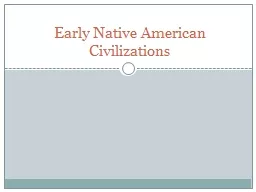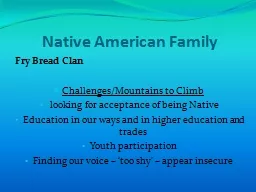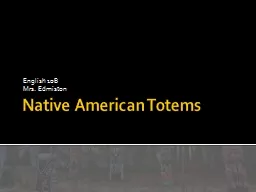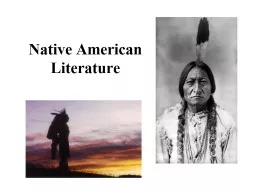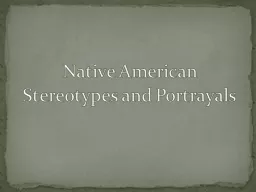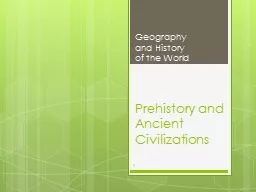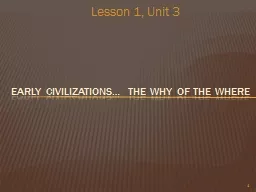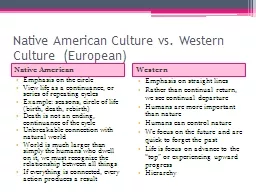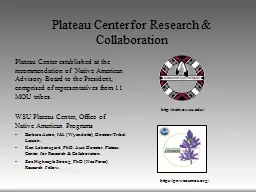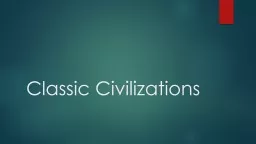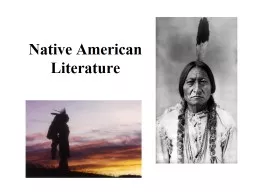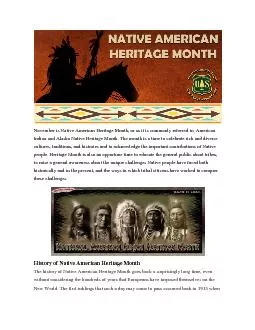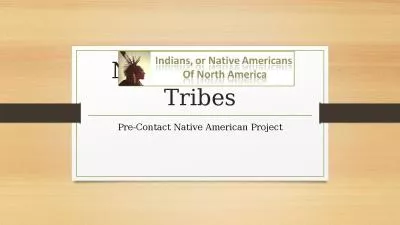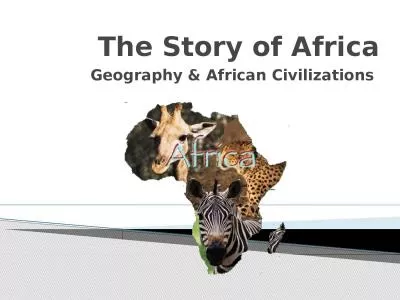PPT-Early Native American Civilizations
Author : giovanna-bartolotta | Published Date : 2018-10-07
The Western Gulf Culture The Karankawa Lived on the coast from pd Galveston to Corpus Christi Both hunted and fished for Food and gathered for food as well
Presentation Embed Code
Download Presentation
Download Presentation The PPT/PDF document "Early Native American Civilizations" is the property of its rightful owner. Permission is granted to download and print the materials on this website for personal, non-commercial use only, and to display it on your personal computer provided you do not modify the materials and that you retain all copyright notices contained in the materials. By downloading content from our website, you accept the terms of this agreement.
Early Native American Civilizations: Transcript
Download Rules Of Document
"Early Native American Civilizations"The content belongs to its owner. You may download and print it for personal use, without modification, and keep all copyright notices. By downloading, you agree to these terms.
Related Documents

